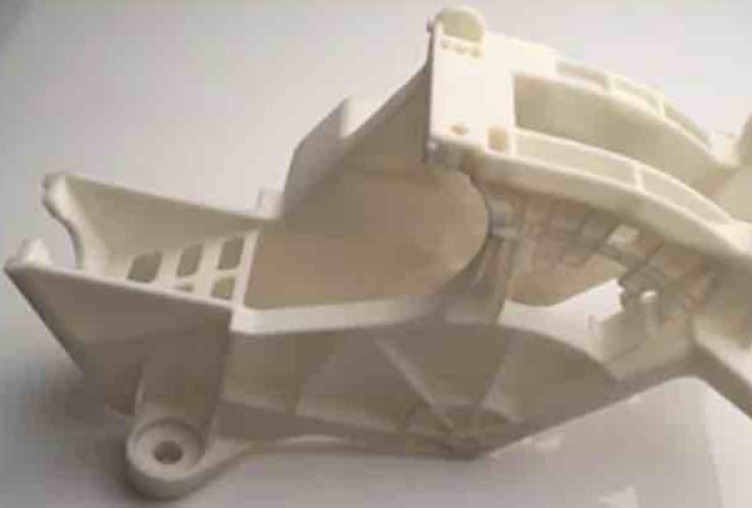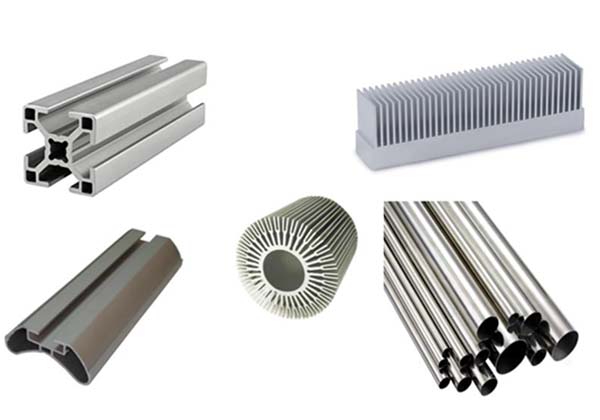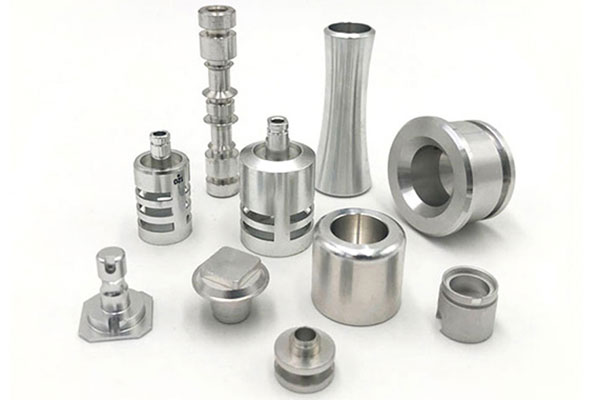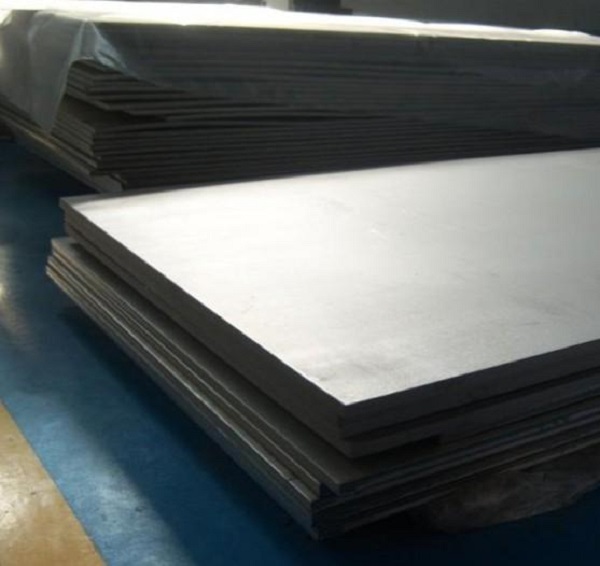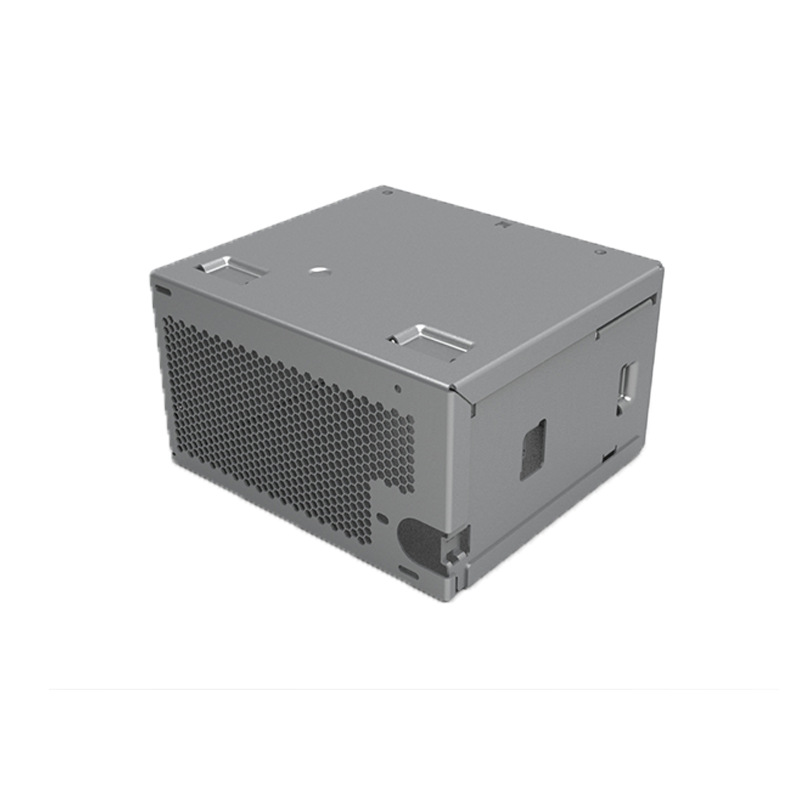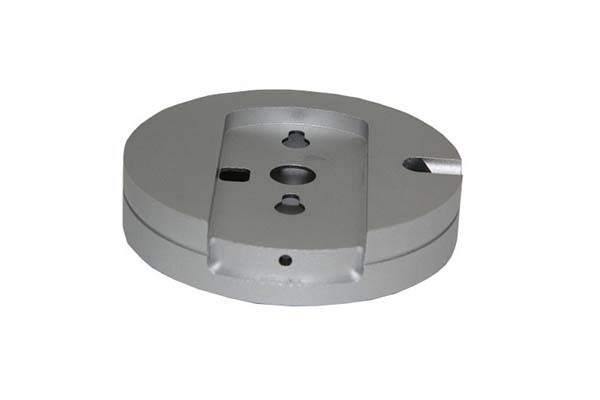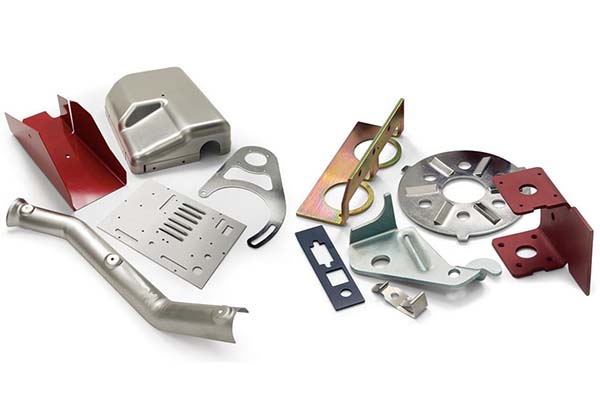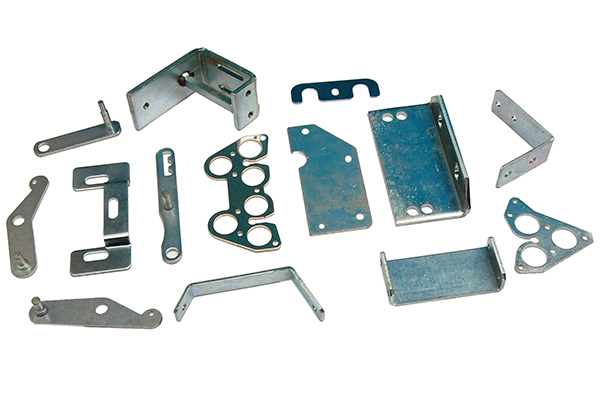Introduction
Have you ever driven by a commercial property and noticed the sleek, sturdy barrier surrounding it? Chances are, it was a sheet metal fence. Sheet metal fences are everywhere, from industrial complexes safeguarding heavy - duty equipment to residential backyards providing privacy and security. But what exactly makes them such a popular choice? How do you choose the right one for your needs? And what about maintenance? These are the questions we'll be diving into in this article. Whether you're a homeowner looking to upgrade your outdoor space, a business owner in need of reliable perimeter protection, or just someone curious about construction materials, understanding sheet metal fences can be incredibly useful.
Types of Sheet Metal Fences
When it comes to sheet metal fences, there are several types to choose from, each with its own unique characteristics and applications.
Galvanized Sheet Metal Fence
Galvanized sheet metal fences are a popular choice for many applications due to their excellent corrosion - resistance. The galvanization process involves coating the steel sheet with a layer of zinc, which acts as a sacrificial barrier. Even if the zinc layer is scratched, it will corrode preferentially to protect the underlying steel. This makes galvanized sheet metal fences highly durable, especially in outdoor environments.
In terms of cost, galvanized sheet metal fences are relatively affordable compared to some other types. For example, in a typical residential neighborhood, many homeowners choose galvanized sheet metal fences for their backyards. A standard 6 - foot - high, 100 - foot - long galvanized sheet metal fence might cost around \(1500 - \)2500, including materials and installation. This cost - effectiveness, combined with its durability, makes it a go - to option for those on a budget who still want a long - lasting fencing solution.
Powder - Coated Sheet Metal Fence
Powder - coated sheet metal fences offer a wide range of color options. Whether you want a classic black, a vibrant red, or a soothing green, powder coating can meet your aesthetic needs. This makes them ideal for commercial buildings and parks where appearance matters. For instance, in a modern shopping mall, the perimeter fence might be powder - coated in a sleek silver color to match the contemporary architecture.
In addition to their color variety, powder - coated fences are highly durable. The powder coating forms a tough, protective layer that can withstand scratches, fading, and chipping better than traditional paint. According to industry tests, powder - coated fences can maintain their color and integrity for up to 10 - 15 years in normal outdoor conditions, with minimal maintenance required. This makes them a great long - term investment for properties that need to maintain a certain look over time.
Stainless Steel Sheet Metal Fence
Stainless steel sheet metal fences are known for their high strength and excellent resistance to harsh environments. They contain chromium, which forms a passive oxide layer on the surface, preventing corrosion. This makes them perfect for areas near the sea, where saltwater and high humidity can quickly damage other types of fences. For example, beachfront resorts often use stainless steel sheet metal fences to protect their property while maintaining a high - end look.
Stainless steel fences are also a popular choice for high - end residential areas and luxury commercial properties. Their sleek, polished appearance adds a touch of elegance. However, they are generally more expensive than galvanized or powder - coated options. A stainless steel sheet metal fence of the same size as the previously mentioned galvanized fence could cost upwards of \(3000 - \)5000, depending on the grade of stainless steel and the complexity of the design. But for those who prioritize strength, corrosion - resistance, and a premium look, the investment is well worth it.
Installation Guide
Installing a sheet metal fence might seem like a daunting task, but with the right preparation and a step - by - step approach, it can be a smooth process.
Preparation
Before starting the installation, gather the following tools and materials:
- Tools: Tape measure, post hole digger, level, shovel, hammer, screwdriver, wrench, and a circular saw (if needed for cutting the sheet metal).
- Materials: Sheet metal panels, fence posts (usually made of metal or wood), post caps, brackets, screws, bolts, and concrete (if using metal posts that require in - ground setting).
It's crucial to clear the installation area of any debris, rocks, or vegetation. This ensures a flat and stable surface for the fence. Measure the perimeter where the fence will be installed accurately. This measurement will help you determine the number of fence panels and posts required. For example, if you're installing a fence around a rectangular backyard that is 50 feet long and 30 feet wide, the perimeter is (50 + 30) * 2 = 160 feet. You need to account for the length of each fence panel (commonly 8 - 10 feet) to calculate the number of panels needed.
Step - by - Step Installation
- Mark the Post Locations: Using the tape measure, mark the positions for the fence posts along the perimeter. The distance between posts typically ranges from 6 - 8 feet, depending on the type of sheet metal fence and local building codes. For a more rigid fence, closer post spacing might be required.
- Dig Post Holes: If using metal posts, dig holes that are about 12 - 18 inches deep. The depth is important to ensure the posts are stable and can support the weight of the sheet metal fence. If using wood posts, the holes may need to be slightly deeper, around 18 - 24 inches, as wood is more likely to rot at the ground level.
- Set the Posts: Place the posts in the holes. If using metal posts, pour concrete into the holes to secure them. Use a level to ensure the posts are plumb (vertically straight). For wood posts, you can backfill the hole with dirt, tamping it down firmly around the post.
- Attach the Brackets: Once the posts are set and stable, attach the brackets to the posts. These brackets will hold the sheet metal panels in place. The type of brackets used depends on the design of the fence. Some brackets are screwed directly onto the posts, while others may be welded for a more permanent and sturdy connection.
- Install the Sheet Metal Panels: Lift the sheet metal panels into place and attach them to the brackets using screws or bolts. Make sure the panels are aligned properly and there are no gaps between them. In some cases, you may need to cut the sheet metal panels to fit around corners or other obstacles. Use a circular saw with a metal - cutting blade for this task, and always wear appropriate safety gear.
- Add Post Caps: After all the panels are installed, place post caps on top of the posts. Post caps not only add a finished look to the fence but also protect the tops of the posts from weather damage.
[Here you can insert a simple diagram or a series of pictures showing the above - mentioned steps for better visualization. For example, a picture of marked post locations, another of a post being set in a hole with concrete, etc.]
Yigu Technology's View
As a non - standard plastic metal products custom Supplier, Yigu Technology has witnessed the growing demand for sheet metal fences in various sectors. The market demand for sheet metal fences is on the rise, especially in commercial and industrial sectors. With the continuous development of urban construction, more and more commercial buildings, factories, and warehouses require reliable fencing solutions, and sheet metal fences, with their durability and cost - effectiveness, are becoming a top choice.
In terms of development trends, there is an increasing demand for customized sheet metal fences. Customers are no longer satisfied with standard products but are looking for fences that can meet their unique design and functional requirements. Yigu Technology is well - positioned to meet these demands. We have advanced production equipment and a professional R & D team, enabling us to produce high - quality sheet metal fences with complex designs. Our strict quality control system ensures that each product meets the highest standards, providing customers with long - lasting and reliable fencing solutions.
